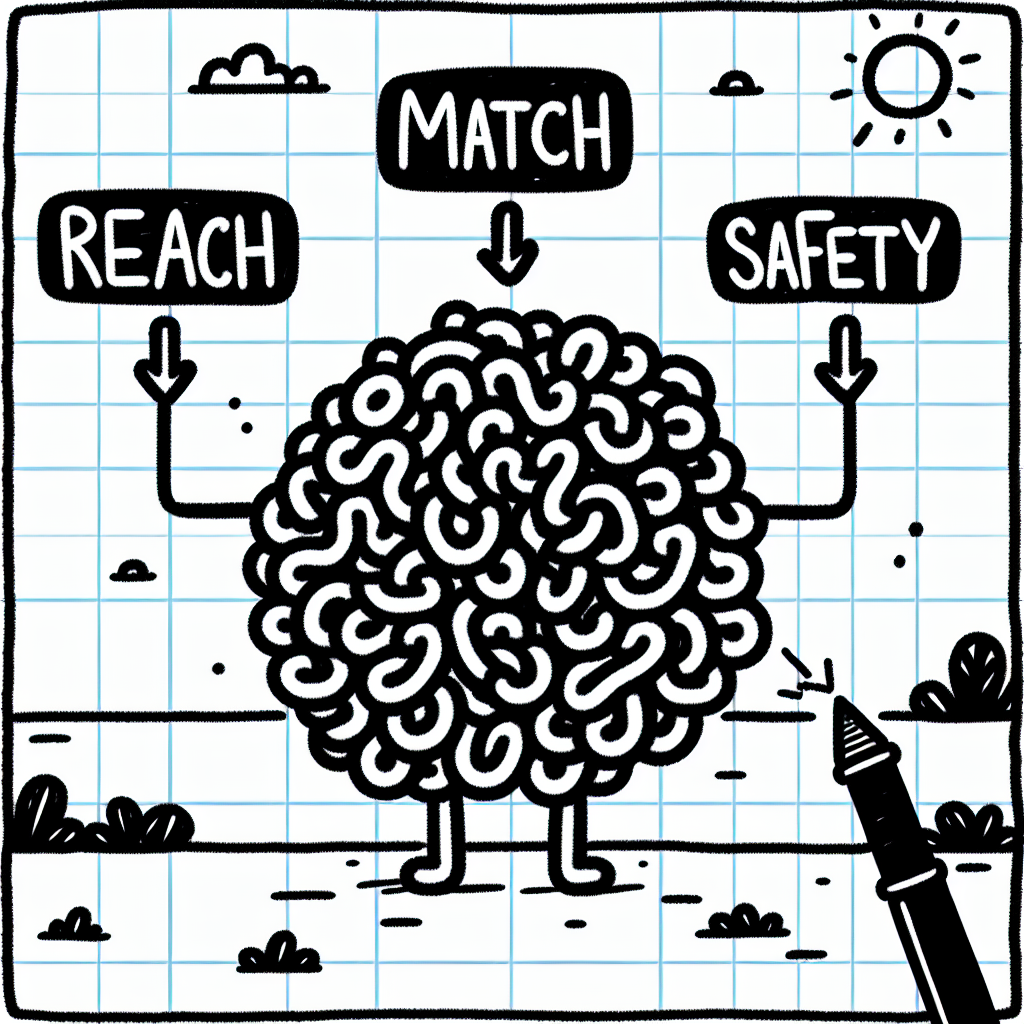Introduction
The college admissions landscape has grown increasingly competitive and complex in recent years. With more students applying to a broader range of schools, admissions offices are seeing record numbers of applications, making acceptance rates at selective institutions lower than ever. In addition to academic performance, applicants are now expected to showcase extracurricular involvement, leadership experience, personal essays, and standardized test scores—all of which play a role in admission decisions.
This complexity has led many students and families to seek college admissions help. Navigating deadlines, understanding varying requirements across institutions, and presenting a strong, authentic application can be overwhelming without guidance. As a result, counselors, consultants, and online resources have become essential tools for those aiming to maximize their chances of admission to top-choice schools.

Understanding College Selectivity
What Makes a College Selective?
Selective colleges are institutions that admit a small percentage of applicants. These schools typically receive a large number of applications but have limited spots available, making the admissions process highly competitive. Characteristics of highly selective colleges include rigorous academic standards, strong faculty reputations, substantial endowments, and a history of producing influential alumni.
Institutional priorities also influence selectivity. Colleges may prioritize applicants who align with specific goals, such as increasing geographic diversity, supporting athletic programs, or admitting legacy students. The size and quality of the applicant pool further shape a college’s selectivity—schools with more applicants than available spots naturally become more selective.
Acceptance Rate Realities
Low acceptance rates are often misunderstood as the sole indicator of a college’s quality. In reality, they reflect a combination of high demand and limited capacity, not necessarily superior education. For instance, the California Institute of Technology has a 3.1% acceptance rate, while Harvard University admits just 3.5% of applicants. These numbers highlight the competition, but not every student’s college admissions help strategy should focus solely on such institutions.
Open Admissions and High Acceptance Rates
On the other end of the spectrum, some colleges offer open admissions or have very high acceptance rates. These schools provide broader access to higher education, accepting nearly all applicants who meet basic qualifications. For example, the Art Academy of Cincinnati and Blue Mountain Christian University both have 100% acceptance rates.
For students seeking wider access or alternative pathways, these institutions can be a valuable part of a well-rounded college admissions help strategy. They often emphasize inclusive admission policies and may focus on personalized education and support services to help students succeed.
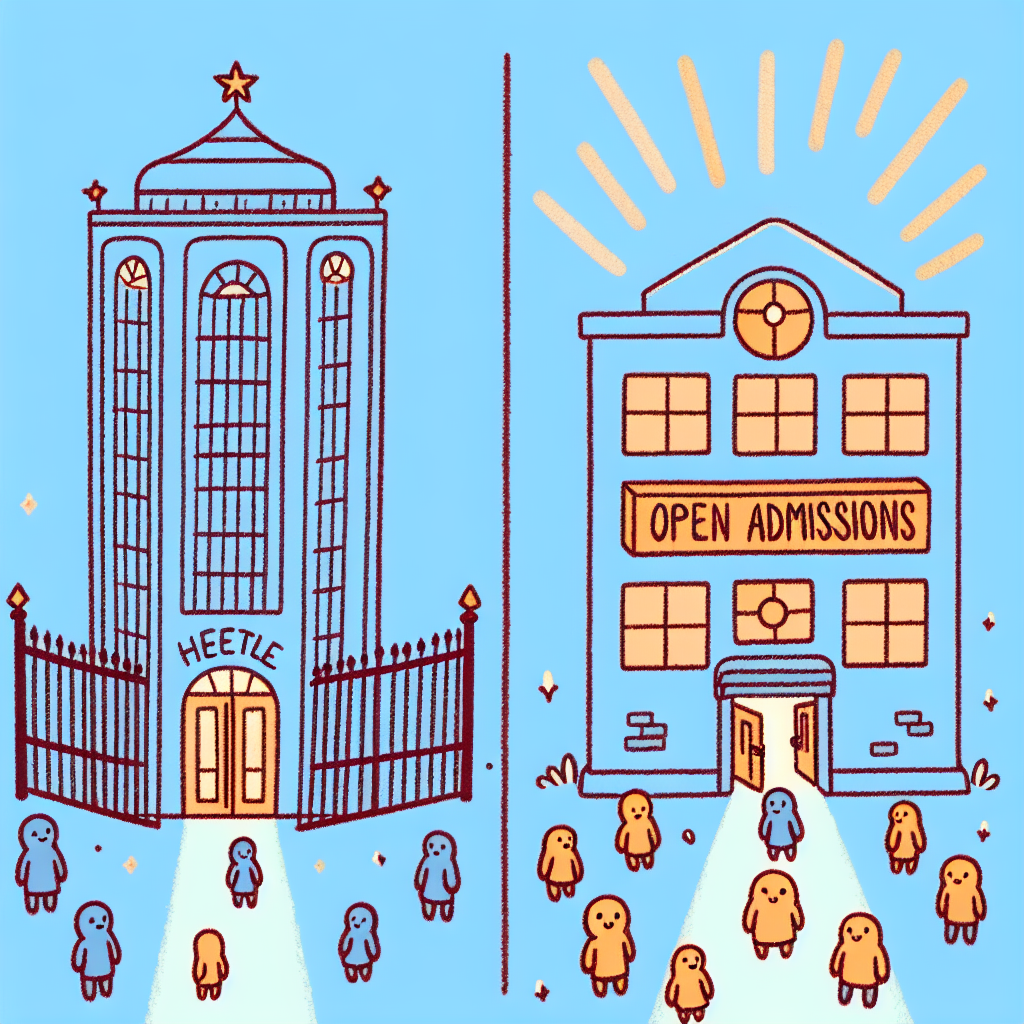
Components of a Competitive Application
A strong college application is built on several key components that together give admissions committees a full picture of who a student is—both academically and personally. Effective college admissions help focuses on strengthening each of these elements to present the most compelling case for acceptance.
Academic Excellence
Academic performance remains a central pillar in the college admissions process. Admissions officers look closely at GPA trends, valuing upward trajectories and sustained academic rigor over time. Taking challenging courses, such as Advanced Placement (AP) or International Baccalaureate (IB) classes, demonstrates a willingness to push oneself academically.
Standardized test scores still play a role, although their weight has shifted in the post-COVID landscape. Many colleges have adopted test-optional policies, but strong SAT or ACT scores can still enhance an application, especially for students from schools with limited advanced coursework offerings.
Extracurricular and Leadership Involvement
Colleges are interested in more than just grades—they seek students who make meaningful contributions to their communities. Demonstrating impact and initiative through extracurriculars shows leadership potential. This could include starting a club, leading a volunteer project, or showing deep commitment to a specific interest over several years.
Authenticity is key. Rather than listing a long roster of minor involvements, students should focus on a few activities where they have made a real difference. Quality and depth of involvement often outweigh quantity.
Personal Statements and Supplemental Essays
Essays provide a platform for students to tell their story in their own voice. A well-crafted personal statement should communicate a clear narrative that reflects the student’s values, personality, and growth. Supplemental essays should be tailored to each school, demonstrating genuine interest and alignment with institutional values.
Common pitfalls include writing generic responses, focusing too much on accomplishments without reflection, or failing to answer the prompt. College admissions help can guide students in finding their voice and avoiding these mistakes.
Letters of Recommendation
Strong letters of recommendation can provide insight into a student’s academic abilities and character. Students should choose recommenders who know them well—typically junior or senior year teachers in core subjects. A thoughtful request, along with a resume or list of accomplishments, can help the recommender write a more personalized and effective endorsement.
College admissions help often includes coaching on how to approach recommenders and ensure timely, strong letters that enhance the overall application.
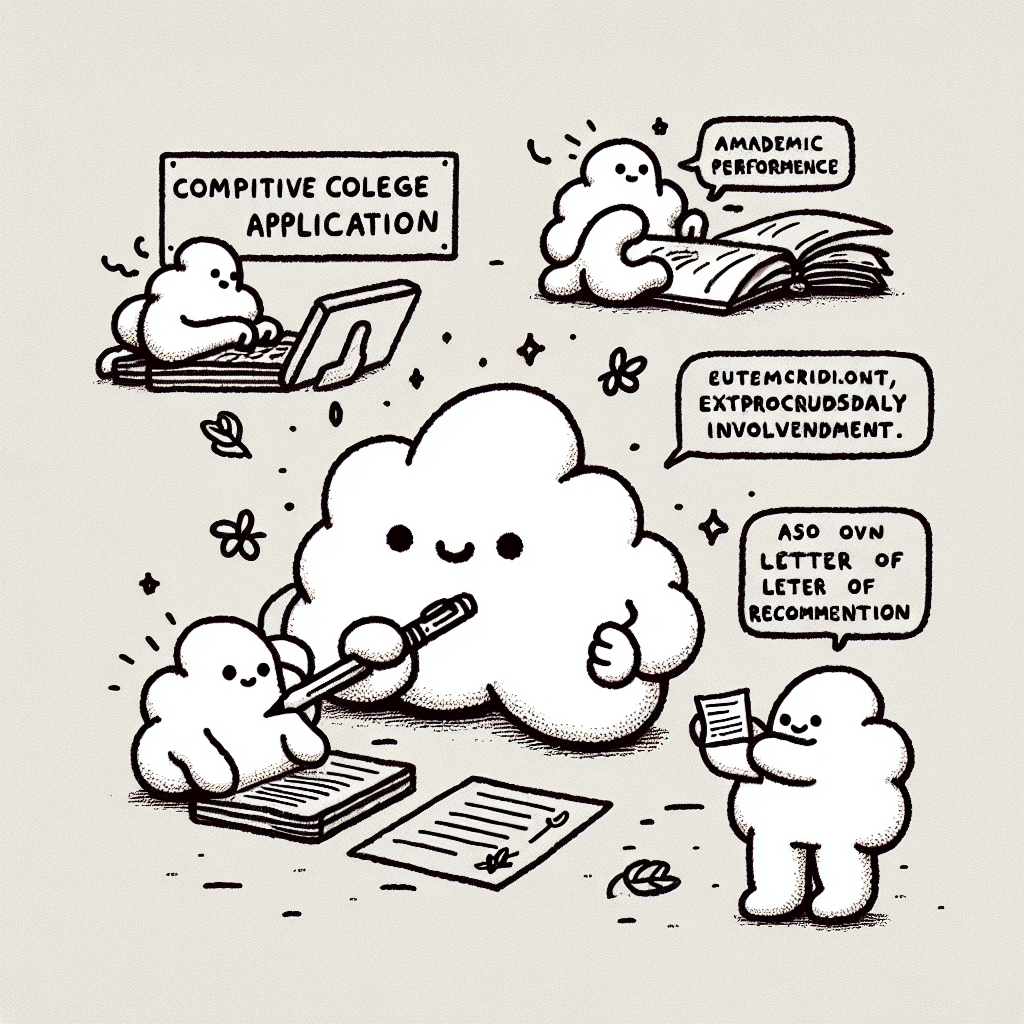
Strategic Application Planning
Building a Balanced College List
A key part of effective college admissions help is building a balanced college list. This means categorizing your prospective schools into three types: reach, match, and safety schools. Reach schools are those where your academic credentials fall below the school's average admitted student. Match schools are those where your credentials are on par with the average accepted student. Safety schools are those where your qualifications exceed the school's average, giving you a high likelihood of acceptance.
Applying to colleges across all three categories ensures you have viable options come decision time. Focusing only on reach schools can lead to disappointment, while applying only to safety schools might limit your opportunities. A well-diversified list increases your chances of both admission and finding the right academic and social fit.
Researching College Cultures and Fit
Beyond selectivity, college admissions help includes evaluating how well a school aligns with your goals, learning style, and values. This involves researching academic programs, campus life, and institutional culture. For example, some universities emphasize undergraduate research, while others focus on liberal arts education or vocational training.
You can gather this information through tools like school websites, virtual tours, student forums, and guidebooks. Campus visits are another valuable strategy. When visiting, try to attend a class, talk to current students, and explore extracurricular opportunities to get a sense of daily life. These insights are crucial in determining whether a school is the right fit for you both academically and socially.
Using Tools Like the College Admissions Calculator
The College Admissions Calculator is a helpful tool that can provide an estimate of your chances of being admitted to various colleges. By inputting your GPA, standardized test scores, and other academic details, the calculator gives you a general sense of where you stand.
However, it's important to understand the limitations of such tools. They don’t account for qualitative factors like essays, extracurriculars, and recommendations. Therefore, use them as a guide rather than a guarantee. For best results, interpret the data in the context of a well-researched, balanced list and a clear understanding of your own strengths and goals.
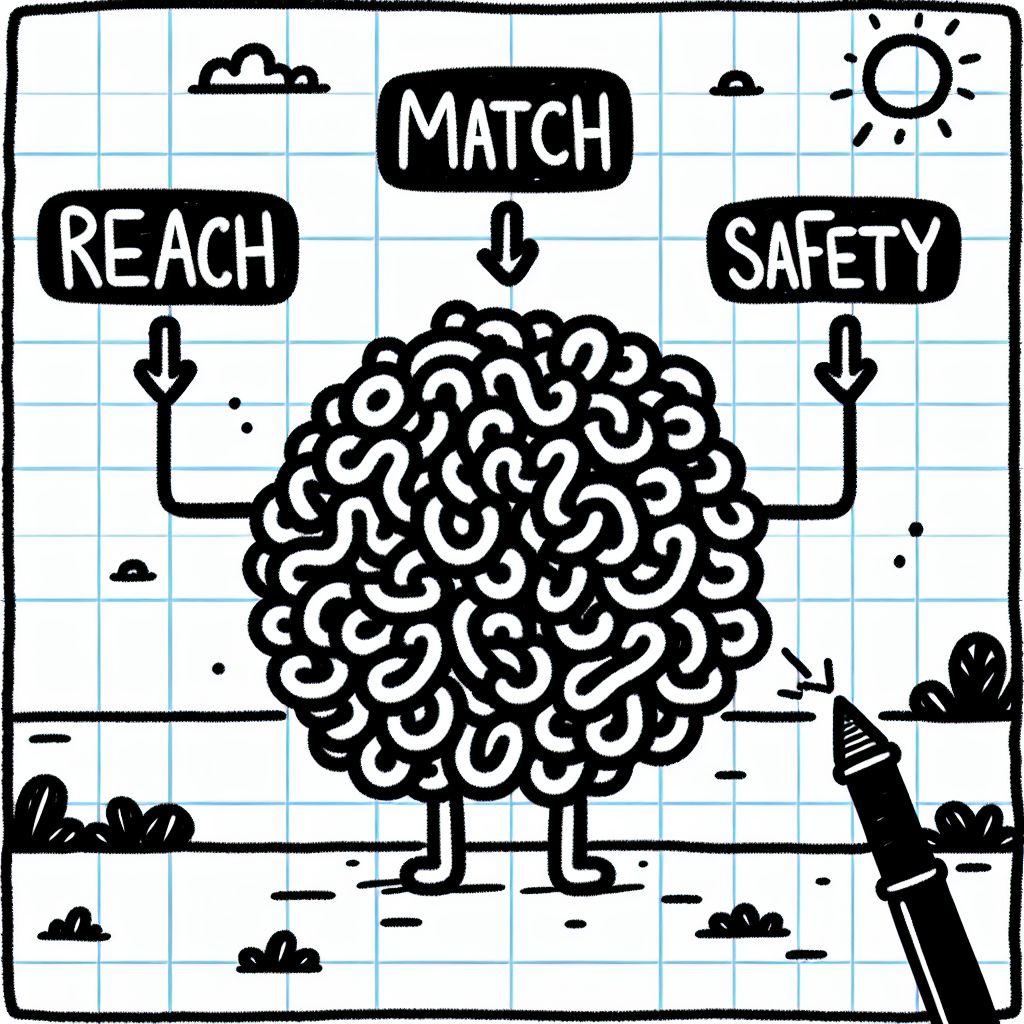
📈 Yield Rates and Why They Matter
In the context of college admissions help, understanding yield rates is essential for both students and institutions. A college’s yield rate is the percentage of admitted students who choose to enroll. This metric directly influences admissions strategies, shaping how schools evaluate applicants and manage class sizes.
High yield rates often indicate strong institutional appeal. For example, the United States Air Force Academy has a 99% yield rate, and the United States Military Academy follows closely with a 98% yield. These figures reflect a high level of commitment from admitted students, often due to the unique nature of these institutions and the clarity of purpose among applicants.
Colleges monitor yield rates closely because they impact rankings, financial planning, and class composition. A low yield may prompt schools to admit more students or rely more heavily on waitlists. Conversely, a high yield allows institutions to be more selective.
Demonstrated interest—a student’s engagement with a college before applying—also plays a role. Activities such as campus visits, attending virtual events, and opening emails can signal genuine interest. Many colleges track this behavior and factor it into admissions decisions, using it to predict which students are most likely to enroll. This adds another layer to college admissions help, as students are encouraged to show authentic interest in their top-choice schools to improve their chances.

The Role of Institutional Priorities
College admissions help often involves understanding that decisions are not solely based on individual merit. Instead, colleges use a holistic review process that considers both applicant qualifications and the institution’s own goals.
Holistic Review Process
Colleges are not just looking for the most academically qualified students. They aim to build a diverse and balanced incoming class that aligns with their institutional priorities. These may include increasing racial and socioeconomic diversity, supporting athletic programs, honoring alumni through legacy admissions, or boosting enrollment in underrepresented academic programs.
This means that two equally qualified applicants may receive different decisions based on how well they match these goals. For example, one student might be admitted because they fill a need for a specific geographic region or bring a unique extracurricular strength that aligns with campus initiatives.
Enrollment Management Strategies
Colleges also use strategic enrollment management to shape the size and makeup of their classes. Tools like waitlists, Early Decision (ED), and Early Action (EA) are used to manage yield—the percentage of admitted students who choose to enroll.
Waitlists give colleges flexibility to fill remaining spots after the initial round of decisions. ED and EA programs help predict enrollment numbers more accurately, with ED providing a binding commitment that signals strong interest. Yield protection, a strategy where colleges may deny or waitlist highly qualified applicants they suspect won’t enroll, is also part of this approach.
Understanding these institutional priorities and strategies is key to navigating the college admissions process more effectively.

🧠 Psychological and Emotional Aspects
Coping with Rejection and Uncertainty
Applying to college can be emotionally taxing, especially when facing rejection or uncertainty. It's important to normalize the process—most students will receive at least one rejection, and this is not a reflection of their worth or future potential. College admissions help includes understanding that decisions are influenced by many factors beyond a student's control.
Building emotional resilience is key. Students should be encouraged to develop a strong sense of self-worth that isn’t tied to where they get in. Engaging in extracurriculars, maintaining friendships, and recognizing personal growth throughout the process can foster confidence and stability, regardless of admissions outcomes.
Managing Expectations
Setting realistic goals is a critical part of maintaining emotional balance during the admissions process. College admissions help involves researching schools thoroughly and applying to a balanced list that includes reach, match, and safety options. This approach reduces the pressure tied to any single outcome.
Open communication with family members and counselors can also ease stress. Discussing expectations, preferences, and possible outcomes helps align everyone's understanding and provides students with a strong support system during decision season.

🧰 Resources for College Admissions Help
Professional Services
One of the most direct ways to receive college admissions help is through professional services. Independent educational consultants offer personalized guidance on everything from building a college list to editing application essays. These consultants often have extensive experience and can provide one-on-one support tailored to a student's goals and background.
School counselors and support staff are another valuable resource. Located within high schools, they help students navigate the admissions process, understand deadlines, and ensure that all application components are completed and submitted on time. While they may manage large caseloads, they remain a critical part of the college admissions support system.
Online Tools and Platforms
Several online platforms provide tools to streamline the college admissions journey. Admissions calculators, such as the one offered by U.S. News & World Report, help students estimate their chances of acceptance based on academic and extracurricular profiles. These tools can assist in identifying reach, match, and safety schools.
Essay writing workshops and test prep programs are also available online. These resources help students improve their writing skills and prepare for standardized tests like the SAT and ACT, both of which play a significant role in many college admissions decisions.
Peer and Community Support
Peer and community-based resources can also provide meaningful college admissions help. Online forums allow students to share experiences, ask questions, and learn from others who are going through or have already completed the process. Mentorship networks connect applicants with current college students or recent graduates who offer advice from a personal perspective.
Student-led initiatives, such as college admissions clubs or peer editing groups, can foster collaboration and build confidence. These community-driven efforts often provide a sense of solidarity and encouragement throughout what can be a stressful period.

🏛️ Exploring Colleges Beyond Prestige
When seeking college admissions help, it's important to look beyond name recognition and explore a wide range of institutions that may better align with a student's academic and personal goals.
Large Universities and Their Opportunities
Large universities, especially those with massive undergraduate populations, offer extensive resources and opportunities. For example, colleges with over 65,000 undergraduates such as University of Central Florida or Texas A&M University provide access to a broad array of majors, research facilities, and extracurricular activities. These schools often have robust alumni networks that can support students in career development. Additionally, the diversity of programs allows students to explore various fields before committing to a major, which can be a significant asset in the college experience.
Liberal Arts Colleges, HBCUs, and Specialized Institutions
Some students may thrive in smaller, more focused environments. Liberal arts colleges emphasize critical thinking, writing, and cross-disciplinary learning, often with smaller class sizes and close faculty mentorship. Historically Black Colleges and Universities (HBCUs) offer culturally affirming environments and strong community support. Specialized institutions, such as those focused on the arts, technology, or sciences, provide targeted training and resources for students with a clear sense of direction. When seeking college admissions help, students should consider how these unique educational models can support their academic and personal growth.

📅 Timeline and Checklist for College Admissions
Junior Year
During junior year, students should start laying the groundwork for the college admissions process. Begin with thoughtful course selection—choose a challenging but manageable schedule that aligns with your academic interests. Start planning for standardized tests like the SAT or ACT by setting test dates and creating a study schedule. Participation in extracurricular activities should also be a priority. Focus on areas where you can take on leadership roles or deepen your involvement to strengthen your college applications.
Summer Before Senior Year
The summer before senior year is an important time for college admissions help. Start brainstorming ideas for your personal statement and other application essays. Use this time to visit colleges, either virtually or in person, to get a feel for campus culture and narrow down your list. Organize all necessary materials, including a resume of activities, transcript, and test scores, so everything is ready for application season.
Senior Year
Senior year is when you bring all the preparation together. Finalize your college list by researching deadlines and specific application requirements. Begin submitting applications, keeping careful track of early decision, early action, and regular decision dates. Don’t forget to complete financial aid forms such as the FAFSA and, if required, the CSS Profile. Staying organized and meeting deadlines is essential for effective college admissions help.
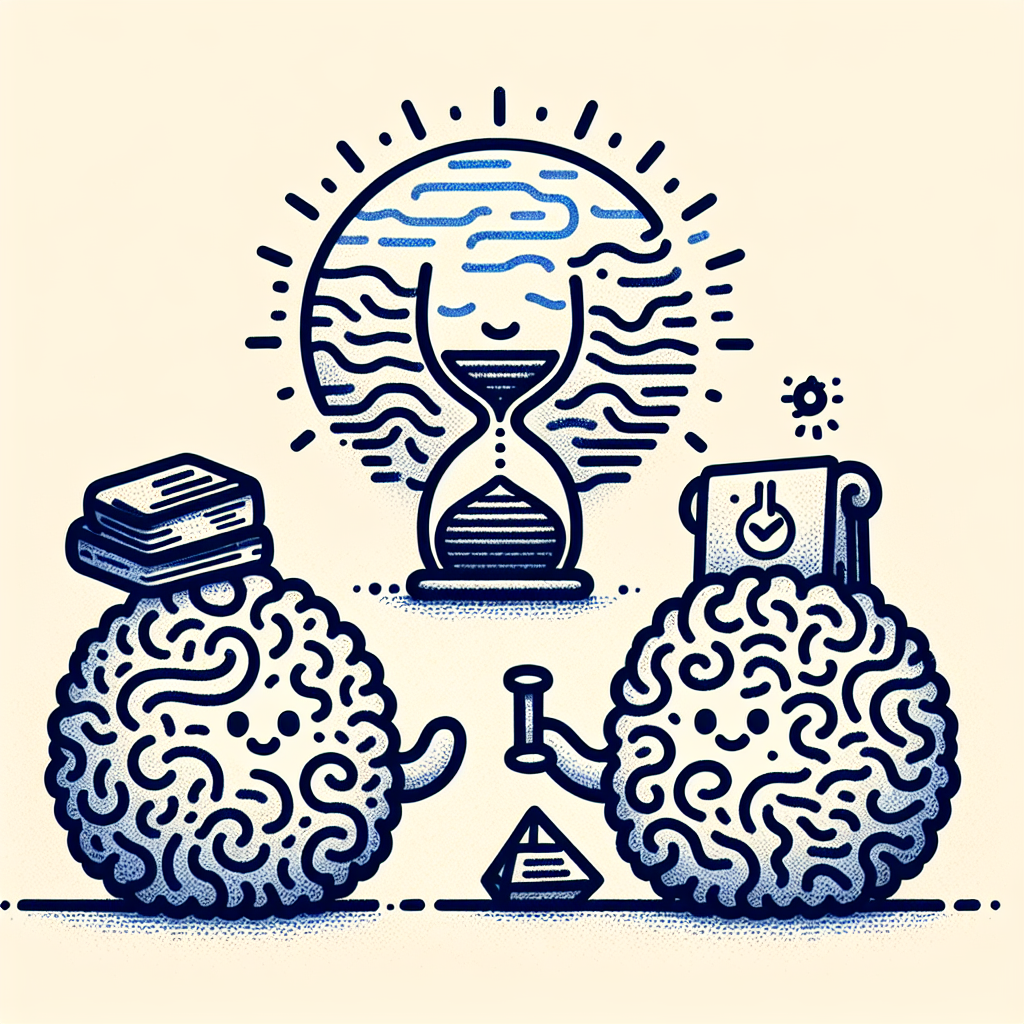
💵 Financial Considerations
Understanding Financial Aid
One of the most important aspects of college admissions help is understanding how to finance higher education. The Free Application for Federal Student Aid (FAFSA) is the first step for most students seeking need-based financial assistance. Completing the FAFSA allows students to access federal grants, loans, and work-study opportunities.
In addition to the FAFSA, some colleges require the CSS Profile, a separate, more detailed financial aid application administered by the College Board. The CSS Profile is used mainly by private institutions to determine eligibility for institutional aid, which can include grants, scholarships, and tuition discounts offered directly by the college.
Understanding the differences between federal, state, and institutional aid is essential to making informed decisions about how to fund a college education.
Scholarships and Merit Awards
Scholarships and merit awards are key components of college admissions help. These funds do not need to be repaid and are awarded based on academic achievement, talents, community service, or specific personal characteristics. Students should explore scholarship databases like Fastweb and Scholarships.com, as well as opportunities offered by local organizations, employers, and religious or community groups.
Colleges themselves also offer merit-based scholarships. These are often automatically considered during the admissions process but sometimes require a separate application or early submission deadlines. Paying attention to eligibility criteria and deadlines is crucial for maximizing scholarship opportunities.
Cost vs. Value Analysis
Evaluating the cost versus the value of a college degree is a critical part of long-term financial planning. College admissions help should include an analysis of return on investment (ROI), which considers the cost of attendance against expected future earnings. Tools like the College Scorecard from the U.S. Department of Education provide data on graduation rates, average debt, and post-graduation salaries.
Students should consider factors such as major, school reputation, and job placement rates when making decisions. Sometimes, a higher-cost institution may offer better career outcomes or more generous aid packages, making it a better overall value. Thoughtful financial planning ensures that students choose a college that aligns with both their academic and financial goals.

Conclusion
Navigating the path to higher education can be complex, but with the right college admissions help, students can approach the process with greater confidence and clarity. Early preparation is key—it allows for thoughtful planning, stronger applications, and more opportunities to explore the best-fit schools. Informed decision-making, supported by reliable guidance, helps students align their academic goals with personal values and long-term aspirations.
Ultimately, the college admissions journey is not just about getting into a particular school. It's about understanding your own strengths, interests, and priorities. Success looks different for everyone, and embracing that individuality is essential. With the right support and a proactive mindset, students can define their own version of success and find a path that suits them best.




